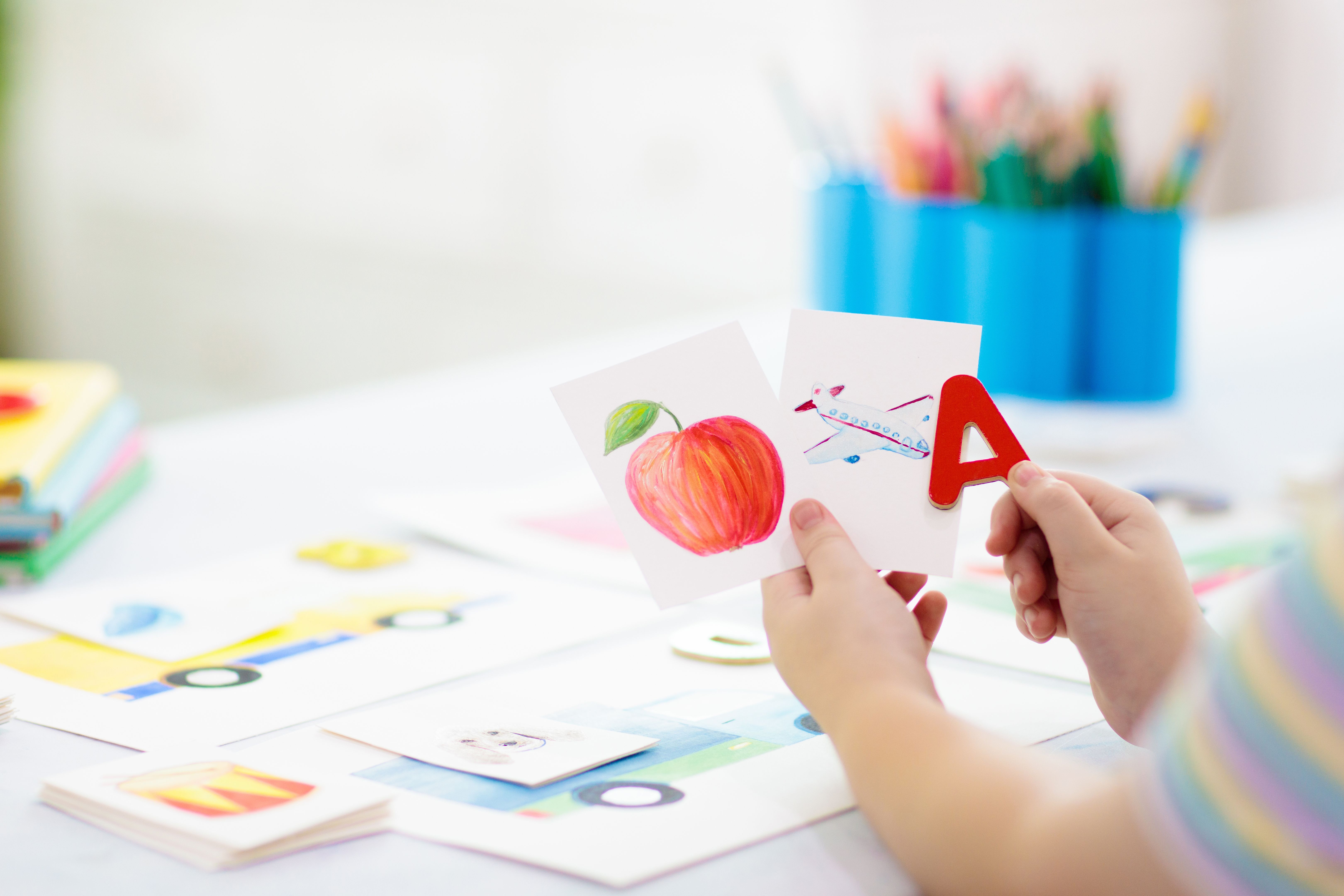The Importance of Phonics in Early Literacy Development
JT
Understanding Phonics: The Building Blocks of Literacy
Phonics is a method of teaching reading and writing by developing learners' ability to hear, identify, and manipulate phonemes, the smallest units of sound. This foundational approach helps children understand the relationship between sounds and their corresponding letters, enabling them to decode new words effortlessly. Over time, mastering phonics equips children with the skills necessary for fluent reading, which is essential for academic success.

The Role of Phonics in Early Literacy
In early literacy development, phonics plays a critical role. By learning phonics, children gain the ability to connect sounds with letters or groups of letters, such as recognizing that the letter "b" represents the /b/ sound. This connection forms the basis for reading simple words, which gradually builds up to more complex reading abilities. Phonics instruction lays a strong foundation that supports children as they progress through different stages of literacy.
Moreover, phonics aids in spelling. When children understand how sounds correspond to letters, they can apply this knowledge to write words. This skill not only improves their writing but also reinforces their reading abilities. In essence, phonics serves as a bridge between spoken and written language, making it an indispensable component of early education.
Benefits of Phonics Instruction
Research consistently shows that systematic phonics instruction significantly improves children's reading and spelling skills. One of the primary benefits is that it enhances word recognition, allowing children to read more quickly and accurately. With improved word recognition, children can focus more on understanding text rather than decoding individual words.

Additionally, phonics instruction promotes reading fluency. When children can decode words automatically, they read with greater speed, accuracy, and expression. This fluency is crucial for comprehension because it frees up cognitive resources to focus on understanding the text's meaning rather than merely decoding words.
Implementing Phonics in the Classroom
Teachers can incorporate phonics into their curriculum through various methods. Engaging activities such as songs, rhymes, and games can make learning phonics enjoyable and effective. These activities help reinforce sound-letter relationships and provide children with opportunities to practice their skills in a fun and supportive environment.
Furthermore, using a structured program that gradually introduces new sounds and letters can help ensure that children build on their existing knowledge systematically. Such programs often include assessments to track progress and identify areas where additional support may be needed.

Supporting Phonics Learning at Home
Parents can also play a vital role in reinforcing phonics skills at home. Simple activities like reading aloud to children daily can expose them to new vocabulary and demonstrate the joy of reading. Encouraging children to read independently and providing them with books that match their interests and reading levels can further strengthen their literacy skills.
Additionally, parents can engage in interactive phonics games or use apps designed to support phonics learning. These resources offer valuable practice opportunities and can make learning more engaging for children outside the classroom environment.
Conclusion: The Lifelong Impact of Phonics
The importance of phonics in early literacy development cannot be overstated. By equipping children with the tools to decode written language, phonics lays the groundwork for successful reading and writing. As these foundational skills develop, they open doors to a world of knowledge and imagination, setting children on a path toward lifelong learning.
